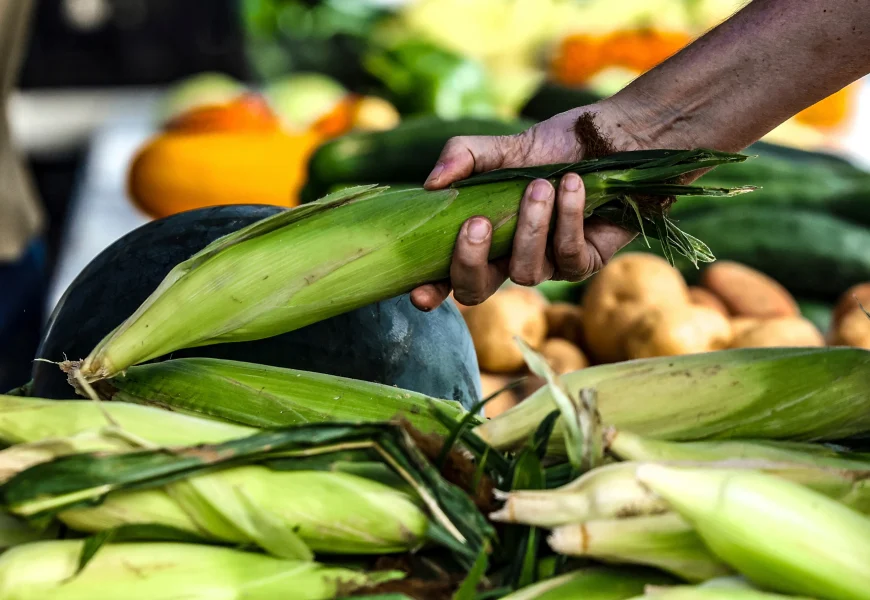The pollution from food is sneaky. Because the apple sitting on your kitchen counter isn’t really causing any harm. But chances are good that you didn’t pick it from a tree in your backyard. It required land and water to grow, machines to harvest and process, packaging to ship, trucks to transport and often refrigerators to store.
The most climate-friendly groceries might not be in the supermarket
The pollution from food is sneaky. Because the apple sitting on your kitchen counter isn’t really causing any harm.
But chances are good that you didn’t pick it from a tree in your backyard. It required land and water to grow, machines to harvest and process, packaging to ship, trucks to transport and often refrigerators to store. Much of that process releases planet-warming greenhouse gases into the atmosphere.
That’s why the global food system makes up roughly a third of worldwide, human-caused greenhouse gas emissions, according to the EDGAR FOOD pollution database.
Meanwhile, roughly a third of the U.S. food supply is lost or wasted without being eaten, according to the U.S. Department of Agriculture. It might never get harvested, it might spoil in transit or the grocery store might reject it for being the wrong size or color. That’s a big reason why some consumers are looking for less-wasteful alternatives ranging from farmers markets to delivery services for produce that didn’t meet supermarket size or appearance standards.

